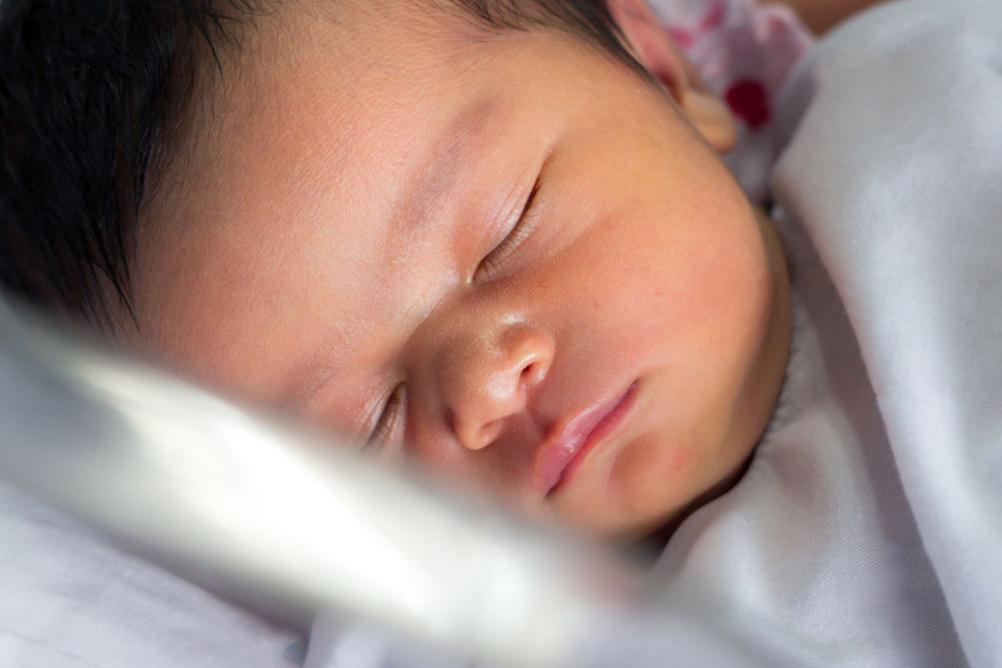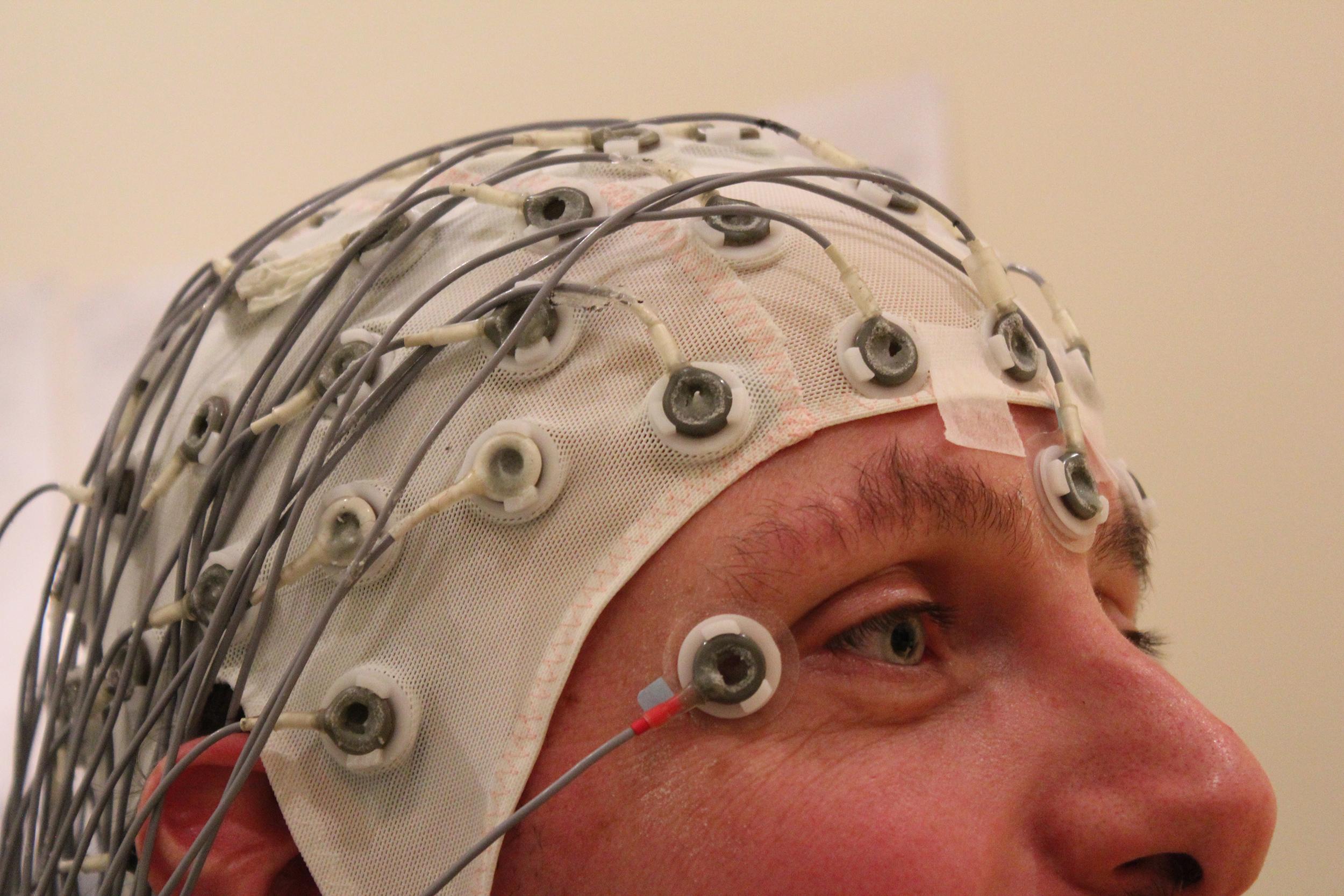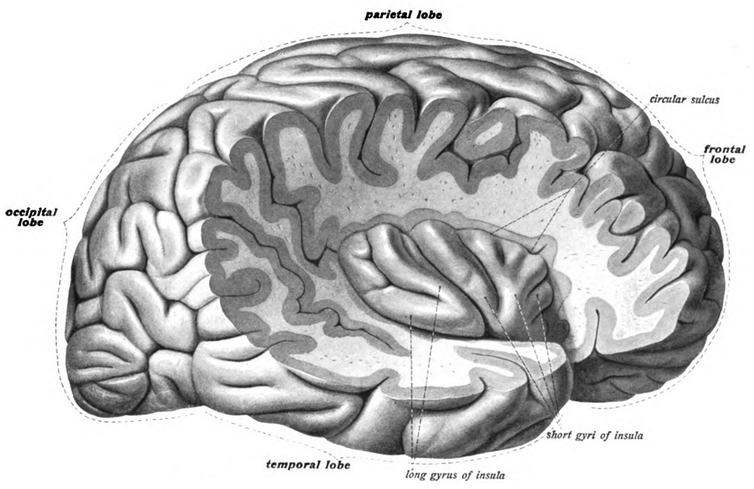How a baby's brain prepares for the outside world
Babies' brains have special activity to help them develop – now researchers have found where some of this happens

Your support helps us to tell the story
From reproductive rights to climate change to Big Tech, The Independent is on the ground when the story is developing. Whether it's investigating the financials of Elon Musk's pro-Trump PAC or producing our latest documentary, 'The A Word', which shines a light on the American women fighting for reproductive rights, we know how important it is to parse out the facts from the messaging.
At such a critical moment in US history, we need reporters on the ground. Your donation allows us to keep sending journalists to speak to both sides of the story.
The Independent is trusted by Americans across the entire political spectrum. And unlike many other quality news outlets, we choose not to lock Americans out of our reporting and analysis with paywalls. We believe quality journalism should be available to everyone, paid for by those who can afford it.
Your support makes all the difference.The developing brain is not merely a downsized version of that of an adult, but is uniquely designed to prepare itself for the external world. It has structures and functions whose sole role is to set up the basic circuits required for life after birth, which then disappear once they have done their duty. We know from studying babies born prematurely that even at this very early stage the brain is extremely active, but in a way that is highly specific to this time of life.
Animal studies have shown that immature brain cells fire away all by themselves, a little bit like pacemaker cells in the heart. The firing of these cells is extremely coordinated so that it can provide the initial instructions for the wiring and maintenance of the brain’s neuronal circuits. These are fundamental initial steps, which if interrupted or disturbed, can alter the whole process by which the brain matures. Given their importance, we wanted to study these steps in premature newborns.
Bursts of activity
As the neurons inside the brain communicate with one another using electric signals, we can measure this activity as “brainwaves” using EEG (electroencephalography) sensors positioned on the head. Some of us at University College London have successfully used this method over the last 20 years to look at activity during seizures and to study how a baby’s brain can process touch and pain even before the time of normal birth.

EEG can also be used to record the activity in a premature baby’s brain when resting, and has shown it consists of enormous bursts which are not normally seen at any other time. But while we have long known about what the activity looks like with EEG and when it happens, we have never known where in the brain the activity is actually occurring.
The key to solving this question was to combine EEG recordings with functional Magnetic Resonance Imaging (fMRI). When neurons in the brain fire, they require fuel (oxygen and glucose) which is brought to an “active” area via the bloodstream.
Using fMRI, it is possible to accurately measure changes in oxygen and blood flow levels across the whole brain, with a precision of a few millimetres. But this is only on a timescale that the MRI scanner and relatively sluggish blood flow changes allow. Therefore, the combination of EEG (which can measure fast electrical activity but struggles to locate it) and fMRI (which measures the coupled slow blood flow response but can precisely locate it) was ideal to discover where the bursts of activity are coming from inside a premature baby’s brain.
‘Island’ discovery
This kind of experiment had never been done before and we knew it would be extremely challenging, so we collaborated with a team at King’s College London who had extensive experience and knowledge of fMRI methods. We recorded the brain activity of ten premature infants while they were naturally asleep with the two techniques simultaneously.
And the first data in our study, published in eLife, suggested where the premature brain waves were being generated.

Each baby had frequent activity bursts in their EEG and with fMRI we were able to see that most of them were coming from a tucked away pyramid-shaped brain region called the insula. This is an island of cortex (“insula” is Latin for island) which in adults covers very diverse roles as it puts together basic physical information with emotional, cognitive and motivational signals.
We showed in our study that this specific brain region – to which little attention has been paid up until now – also plays a major role in generating the critical activity that shapes the developing brain. Indeed, it grows quicker than other brain regions and forms connections with the rest of the brain over the last trimester of gestation in the womb. How premature a baby is and recreational drug use in pregnancy have an adverse effect on this brain region.
The rate of premature births is rising in many European countries and especially in the UK, where the number of babies born at 22-25 weeks gestation and admitted to intensive care in recent years has increased by 44%.
These infants are more likely to survive thanks to modern advances in hospital care, but they are exposed to a greater risk of neuro-developmental problems. This could be because they were born too early and their brain is just not ready as it is still going through those developmental steps that should have happened in the protected environment of the womb. As a result, the preterm brain is more susceptible to injuries that may lead to disabilities.
It is therefore of fundamental importance to understand how the developing brain works to inform the care of this vulnerable population. And our results may offer new and exciting opportunities for monitoring how the brain and its activity develops in premature babies and a new understanding of how early injury ultimately leads to disabilities.
Lorenzo Fabrizi is an MRC research fellow at University College London; Tomoki Arichi is a clinical senior lecturer in the Centre for the Developing Brain at King’s College London. This article was originally published on The Conversation (theconversation.com)
Join our commenting forum
Join thought-provoking conversations, follow other Independent readers and see their replies
Comments